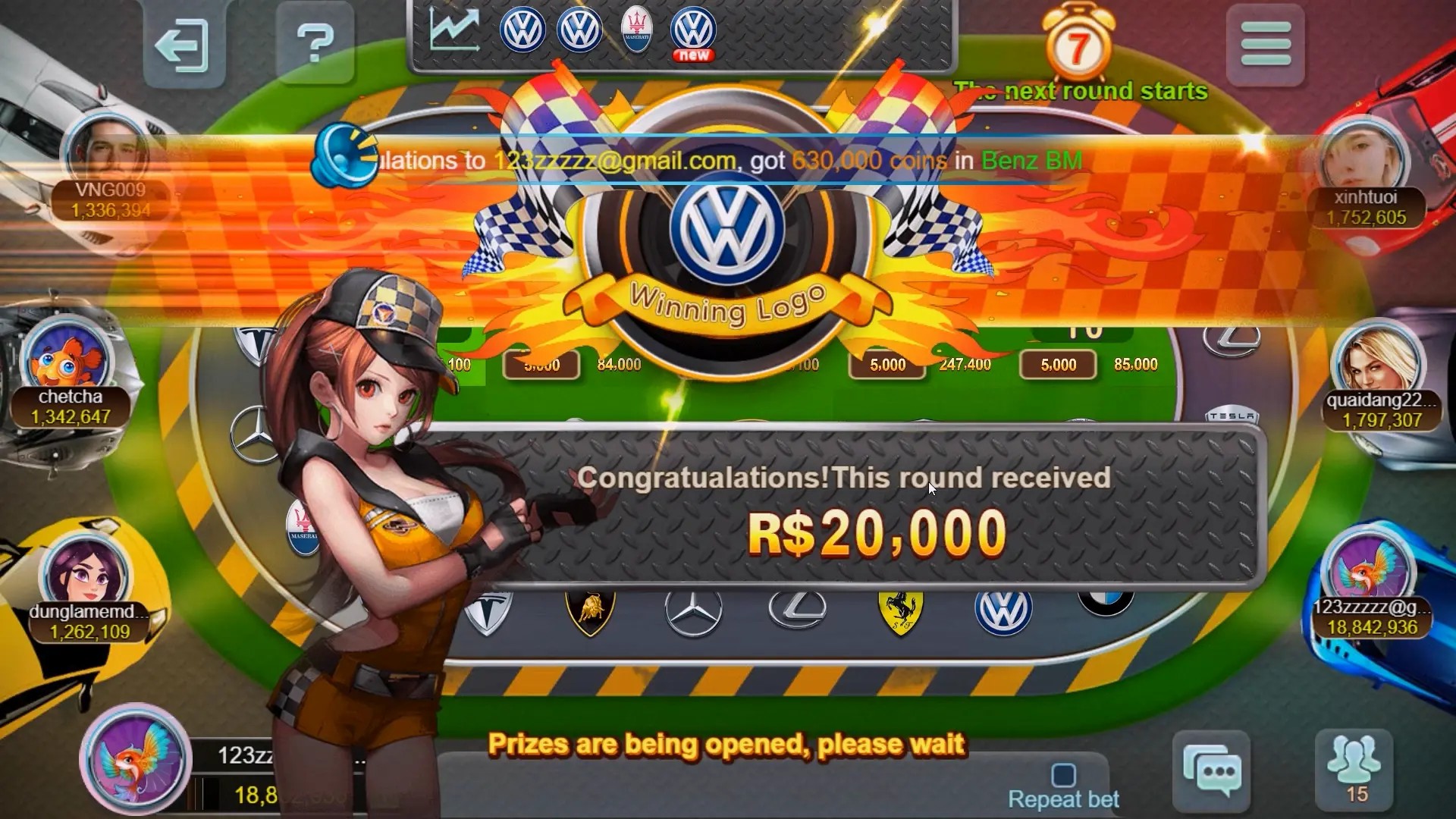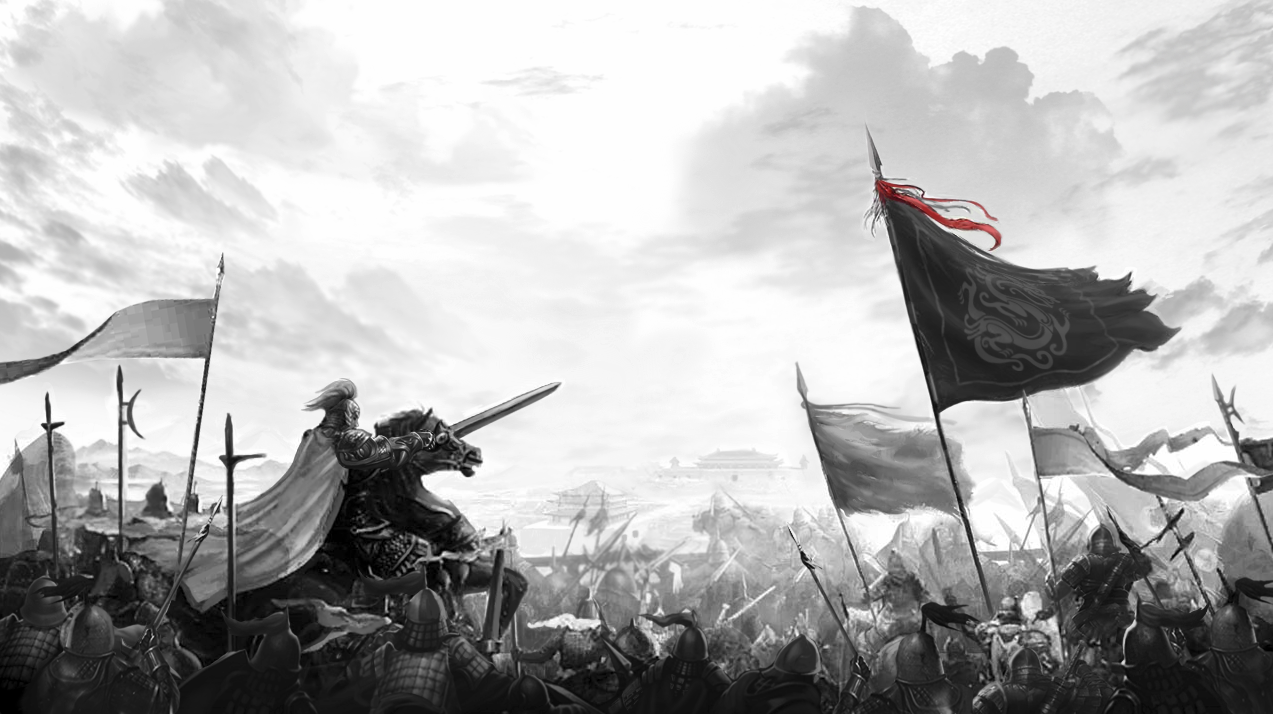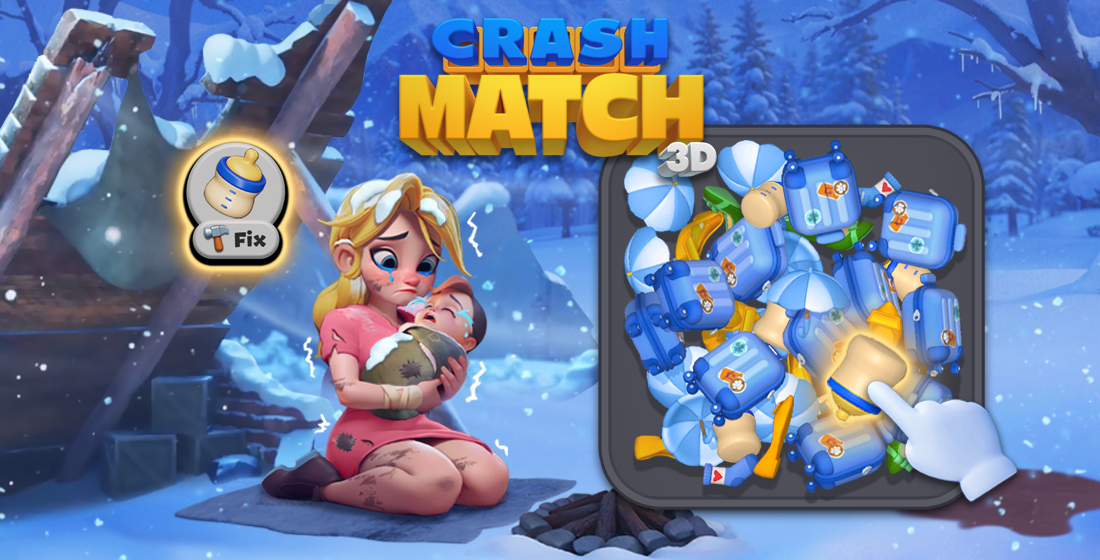Idle Games vs Simulation Games: What You Really Need to Know
When it comes to mobile gaming, two genres dominate the "play-while-you-sleep" scene: idle games and simulation games. At first glance, they might look similar. You tap, you wait, something builds up. But dig deeper and the contrast hits you like a rogue cannonball in a level 3 clash of clans base. Understanding these differences isn’t just for hobbyists—it affects your gameplay, progress speed, and even addiction potential.
Idle games thrive on automation. Minimal input. You start a loop, and the system works without you. Think clicking a cookie and unlocking upgrades that bake more cookies—passively. Simulation games, like farming or city builders, need active management. You're the farmer, the mayor, the CEO. The world reacts to what you do, when you do it. That’s a crucial distinction—mindless vs. mindful engagement.
- Idle games run in the background
- Simulation games require timing and strategy
- User input levels vary dramatically
- Growth pace: gradual vs. staged progress
- Reward feedback loops work differently
How Engagement Defines Each Genre
An idle title doesn’t care if you vanish for 48 hours. It just quietly stacks coins while you dream about space cows or alchemy labs. The design? Intentional absence. Notifications ping you with: “You’ve earned 2 weeks of gold!" That’s their core charm—the reward for doing nothing.
Not so with simulation games. Miss the harvest window? Crop dies. Forget your troops need resupply before battle? That level 3 clash of clans base gets flattened by an AI brute. Time matters. Action matters. Presence matters. These are dynamic sandboxes where every delay alters the state.
You can think of it like this: Idle = a watch that runs when tucked in a drawer. Simulation = a bonsai tree needing regular pruning. Neglect either, and outcomes differ—slower gains versus total collapse.
| Feature | Idle Games | Simulation Games |
|---|---|---|
| User Input | Very low | Moderate to high |
| Progress Without Play | Yes, unlimited | Limited, time-gated |
| Game Mechanics | Automated loops | Interactive systems |
| Dependency on Scheduling | None | Critical |
| Combat / PvP Dynamics | Rare | Common (see war game duration) |
The Real Impact of Game Length: How Long Does War Games Last?
This brings us to a real gameplay factor: duration. When people ask how long does war games last, they’re not talking about idle mode. In titles like Clash of Clans, clan wars last 2 to 7 days. That’s not forever—but missing even one cycle breaks momentum.
Idle games? You could disappear for a month and return to find infinite loot. Simulations slap a timer on decisions. Attack too early—poor strategy. Attack too late—resource loss. These deadlines create tension idle experiences just don’t replicate.
The time structure changes user psychology. In a war cycle, your brain stays hooked on countdowns. Will my base survive until Friday? Did they deploy the giant? Is the upgrade queue done in time for the next war? That urgency is built in. Compare that to clicking “autofarm," then closing the app forever.
Key要点 to consider:
- War-based simulations usually last 1–7 days
- Real-time events require coordination
- PvP outcomes depend on active input, not AFK growth
- The longer the duration, the more strategy involved
Where the Lines Blur: Hybrid Models and Trends
Lately, lines between genres are smudging. Developers mix idle mechanics into simulation games. Upgrade farms that tick on their own. Troops generating without you online. Some even automate war loot based on past performance (though true engagement still beats algorithms).
But here’s the kicker: hybrid games still can’t fake presence. Sure, your base may collect gold while sleeping. But defending? Attacking? Adjusting for opponent behavior? That level 3 clash of clans base won’t reposition itself. Real war requires you—your timing, your judgment, your instinct.
True idle titles lack stakes. Simulations—especially during war phases—add risk. And risk? That creates memory. You don’t remember when you earned +500k coins at 3 a.m. You remember when you lost your best base because you ignored how long does war games last.
And that's where player value splits. Idle = relief. Sim = challenge.
Final Word
Don’t write off either. Both idle games and simulation games earn their place in your library. But recognize the differences. If you want peace, zero pressure—pick idle. If you crave control, drama, and meaningful progress, simulation's your pick.
The presence of a war clock, the ticking threat, the fact that no algorithm can fully substitute for active play—all that makes simulation more human, even when it's brutal. Meanwhile, the passive joy of idle gaming offers digital meditation. Just don't confuse one for the other.
Remember: an idle session builds stacks. A simulation session builds stakes. Pick the one that matches your moment—because your playstyle defines the game.



